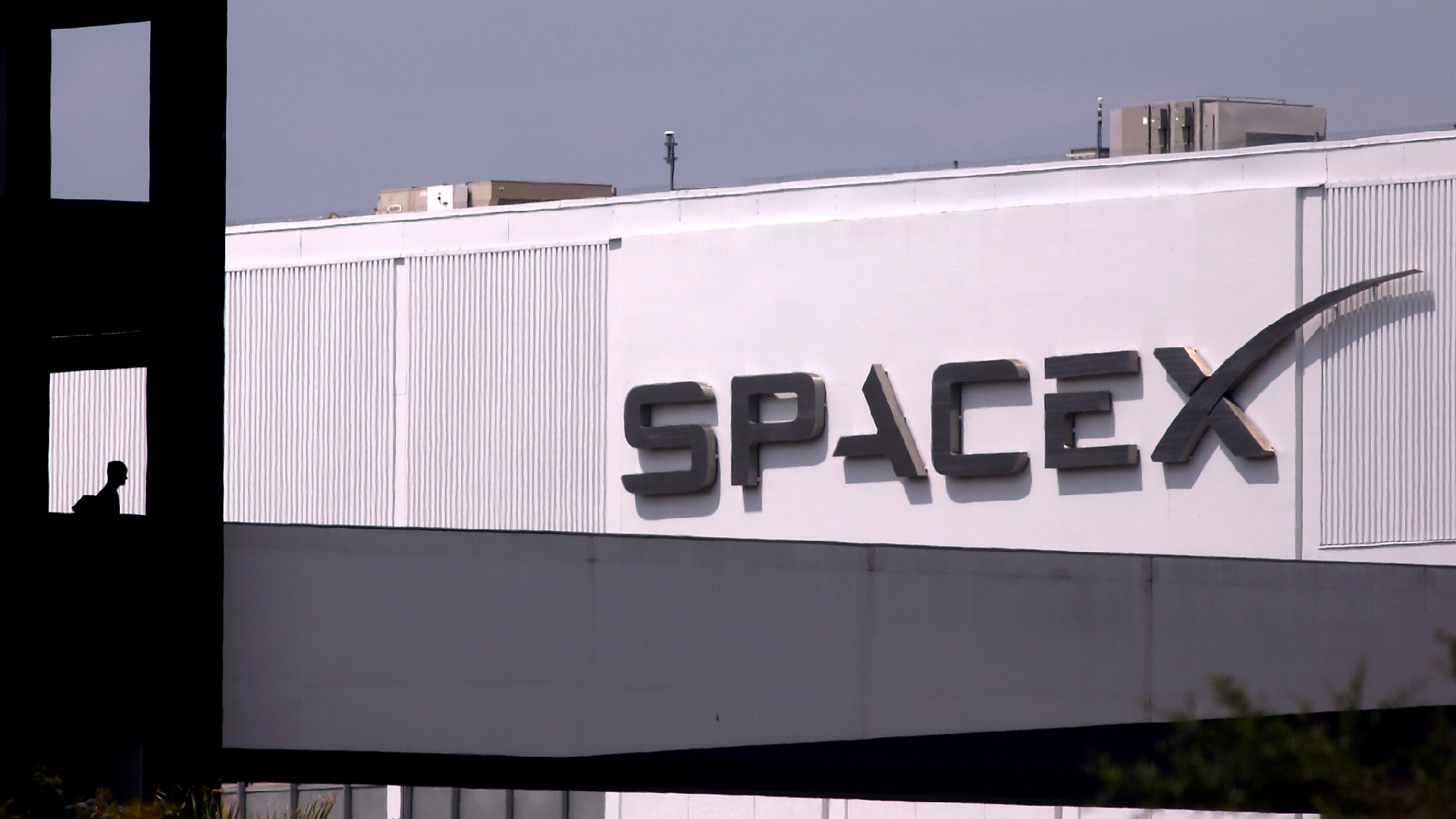SpaceX Set to Initiate First Private Spacewalk Mission Named Polaris Dawn
SpaceX is gearing up for its most daring mission to date, Polaris Dawn, which will showcase the company’s inaugural private spacewalk. This five-day mission is designed to expand the frontiers of space exploration by testing cutting-edge technologies, such as innovative spacesuits and a spacecraft cabin specifically engineered to operate without an airlock.

Scheduled to launch on Tuesday, the five-day mission will be spearheaded by billionaire entrepreneur Jared Isaacman, accompanied by a retired military pilot and two engineers from SpaceX. On the journey's second day, the crew will execute a 20-minute spacewalk at an altitude of 700 kilometers above Earth, significantly higher than previous excursions conducted by government astronauts on the International Space Station (ISS).
A major focus of the mission is the spacewalk, set to occur on the third day. Preparation for the event will commence two days prior, involving a "pre-breathe" protocol to fill the cabin with pure oxygen, which helps eliminate nitrogen that could lead to decompression sickness, also known as "the bends." During the spacewalk, two astronauts will be tethered using oxygen lines, while the entire crew will depend on their spacesuits for life support.
This mission introduces several technological innovations, such as sleek spacesuits that allow the Crew Dragon cabin to be depressurized during the spacewalk. This unique approach removes the requirement for an airlock, enabling direct access to the vacuum of space through the hatch.
Beyond the spacewalk, Polaris Dawn will facilitate scientific experiments. The crew plans to monitor for nitrogen bubbles in their blood, furnishing researchers with crucial insights into how the human body could adapt to deep space environments, including those present on the moon.
The Crew Dragon spacecraft will follow an elliptical orbit, reaching altitudes of up to 1,400 kilometers from Earth—the highest point for human spaceflight since the Apollo moon missions in 1972. Throughout the mission, the crew and the spacecraft will also test their resilience while traversing the Van Allen belt, a zone filled with charged particles known to pose risks to electronics and human health.
Retired NASA astronaut Garrett Reisman has remarked on the mission's boundary-pushing nature, especially regarding the altitude and radiation exposure, conditions not experienced since the Apollo era.
Unlike NASA missions, which adhere to rigorous safety protocols, private ventures such as Polaris Dawn are not bound by the same regulations. Nevertheless, SpaceX representatives and the crew have prepared for a variety of emergency situations, like oxygen leaks or potential failure to seal the hatch, though details on specific contingency plans have not been made public.
Financed by Isaacman, who is the founder of the payment processing company Shift4, the mission is estimated to have a budget exceeding $100 million. Joining him on the crew are mission pilot Scott Poteet, a retired U.S. Air Force lieutenant colonel, as well as SpaceX engineers Sarah Gillis and Anna Menon, both of whom hold senior engineering positions.
(With input from Reuters)
Mathilde Moreau contributed to this report for TROIB News
Discover more Science and Technology news updates in TROIB Sci-Tech












